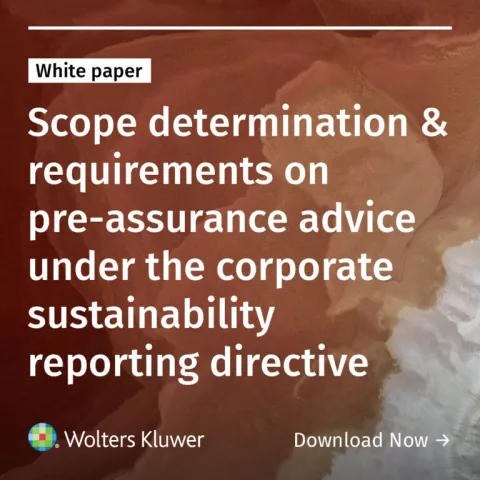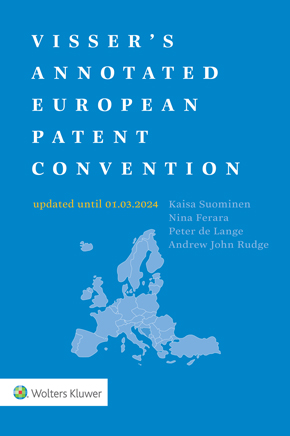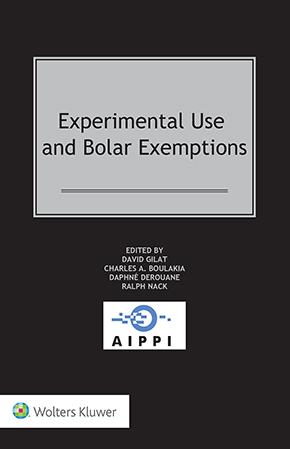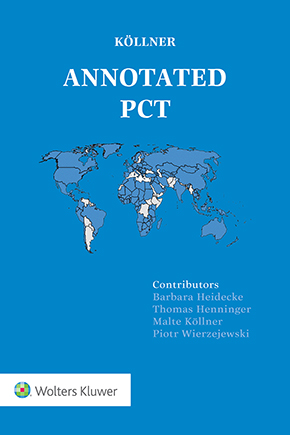Strategic missteps and legal lessons: how Alexion’s eculizumab patent fared in the UK and UPC
September 2, 2025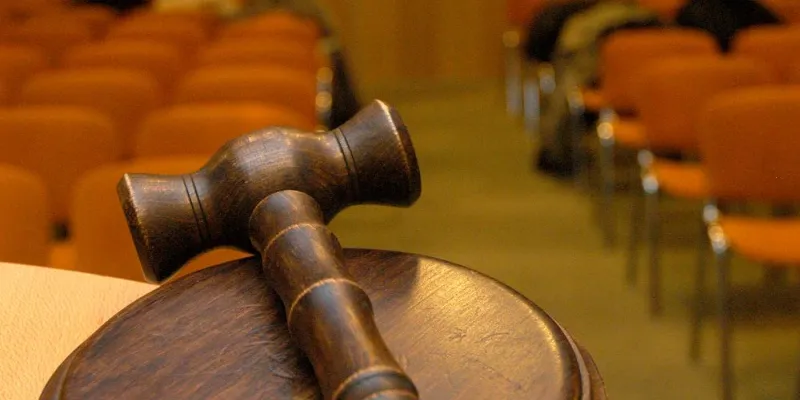
Readers will likely be aware of the cross-jurisdictional litigation considering infringement by Samsung Bioepis / Amgen’s biosimilar eculizumab products of Alexion’s patent, EP 3 167 888 B1 (“EP 888”).
Recently, the English Patents Court decided that the patent was not infringed based on its construction of the claim. This follows decisions from the UPC Hamburg Local Division and Court of Appeal in PI proceedings, which both rejected requests for preliminary injunction relief, but for different reasons. This article aims to consider the degree of harmonisation in approach between the UK and UPC.
As a preliminary point, a key difference between the English Patents Court and the UPC approach is in the level of detail contained in the respective judgments. Once he had concluded that the EP 888 was not infringed, Mr Justice Meade in the English Patents Court continued to assess inventive step and considered various pieces of prior art before ultimately finding that the patent was obvious. The UPC Court of Appeal, on the other hand, took an EPO style approach. Once it had found that EP 888 was insufficient, it concluded its decision without considering infringement (or other issues relating to validity).
Background
The background to this case is somewhat unusual and requires consideration to properly understand the decisions. Alexion owned a separate basic patent, on which it obtained an SPC covering eculizumab. Following the priority date of that patent, Alexion submitted an erroneous sequence for eculizumab to the Chemical Abstracts Service (CAS) in relation to eculizumab. Having later appreciated that the original CAS filing was wrong, Alexion sought protection for eculizumab as such in the patent at issue EP 888, on the basis that it had never, in fact, formed part of the state of the art.
The claims of EP 888 are, in part, to the light chain sequence of “SEQ ID NO: 4”, which is eculizumab, but with a 22 extra amino acid leader sequence which is not present in any of the parties’ eculizumab products. The EPO had previously rejected Alexion’s proposed amendment to remove the 22 amino acid leader sequence from SEQ ID NO: 4.
UK vs UPC decisions
Claim construction
Alexion’s argument in both proceedings was that the Defendants’ products infringe the claims of the Patent on a purposive construction. It asserted that the skilled reader of EP 888 would realise that the 22 additional amino acids, being a leader sequence, would inevitably be cleaved off and would not form part of the mature protein. Neither the UPC Court of Appeal nor the English Patents Court agreed, instead construing the claim as including the leader sequence.
Mr Justice Meade in the English Patents Court highlighted that SEQ ID NO: 4 is a use of scientific language that would generally be expected to be precise, and the use of “consisting of” in the claim specifies exactly what must be present. Further, the skilled person would understand that the EP 888 was trying to claim something new, and would therefore lean away from a meaning which resulted in EP 888 covering something it said was old.
Overturning the Hamburg Local Division’s decision, the UPC Court of Appeal expressed a similar sentiment, noting that EP 888 discusses eculizumab in the specification of the patent and expressly presents it as an antibody that was known in the prior art. This was deemed consistent with the skilled person’s common general knowledge. This was therefore a strong indication to the skilled person that the patent at issue claims an antibody other than the eculizumab antibodies of the prior art.
Based on this construction, in the UK Mr Justice Meade concluded that the Defendants did not infringe EP 888. The UPC Court of Appeal did not comment on infringement, instead finding that the subject matter of the claim was more likely than not insufficiently disclosed pursuant to Art. 83 EPC.
Validity
Although Mr Justice Meade had concluded that there was no infringement of EP 888, he went on to consider validity had it been ruled that the Defendants infringed EP 888 under Alexion’s claim construction. Following a finding that the claims were not anticipated by the prior art adduced, Mr Justice Meade considered obviousness.
The Defendants had opted to mosaic prior art documents in order to reach a finding of obviousness. The Court critiqued some of this mosaicking noting that parties cannot mosaic prior art with other non-CGK documents just because those other documents are ones that would be found from CGK sources given a specified goal to start from. This approach is tainted by hindsight. Therefore, the Defendants’ first prior art attack was rejected as a result of being an illegitimate mosaic. However, a subsequent attack relating to documents in combination (due to documents being cross-referenced) was deemed to render EP 888 invalid.
Neither the Hamburg Local Division nor the UPC Court of Appeal commented on the mosaicking of documents due to the fact that neither Court considered it necessary to assess the issue of inventive step. However, it is possible that the UPC would have taken a more lenient approach to mosaicking of prior art documents. For example, in DexCom v Abott,1the Paris Local Division allowed two documents to be combined to find the relevant patent invalid due to the fact that the documents related to the same technical field.
As set out above, the UPC Court of Appeal commented that the patent is likely invalid due to insufficiency of disclosure. This was because an antibody with the complete SEQ ID NO: 4 would not bind the relevant target and therefore was not suitable for formulation as a pharmaceutical composition and for use as a drug.
Although in the UK, the Defendants adduced arguments relating to insufficiency for lack of plausibility or Agrevo obviousness, Mr Justice Meade said that these arguments were not needed in the event that he was right about claim construction and obviousness and would not succeed if he was wrong. Mr Justice Meade further noted in relation to the UPC Court of Appeal decision that the Court of Appeal found the claims insufficient because Alexion had positively argued there would be no binding if an antibody with the 22 amino acid leader sequence present. This was different to the situation in the UK because the UPC proceeded on the basis of Alexion’s arguments whereas Mr Justice Meade had evidence that the skilled person would think that there might be binding. This highlights a difference in procedure between the UK and the UPC, with the UK focussed on expert evidence with typically various rounds of expert reports filed and length cross-examination at trial. Although in the UPC expert reports form part of the written procedure, given the short length of the trial, cross examination does not generally take place. This means the UPC may be less able to assess the veracity of the parties’ evidence in relation to the views of the skilled person in the absence of cross-examination; and that it remains important for the parties to apply for the same should they think it material to their case.
Prosecution file history
In the UK, Samsung Bioepsis/Amgen had asserted that the prosecution file history should be referred to on the grounds of public policy, relying on Alexion’s unsuccessful attempts to obtain claims at the EPO which excluded the 22 amino acids. However, the English Patents Court found that while the meaning of the claims was debatable, that was not enough to make the situation sufficiently ambiguous to justify reference to the prosecution history. The present case was deemed to be akin to Actavis v Lilly in which the patentee sought a claim that would have literally been infringed by the potassium salt and was refused it, but was not prevented from making an argument that there was infringement by equivalence by the potassium salt (i.e. it is not a situation by which Alexion had made clear in the prosecution file it would not seek to extend its claim via purposive construction).
In stark contrast, the UPC Court of Appeal found that the proceedings before the TBA were highly relevant, notwithstanding that Alexion had abandoned in UPC proceedings assertions made at the TBA. This is because the claims of a patent must be interpreted from the perspective of the skilled person, and Alexion’s assertions made during the grant proceedings and the TBA’s endorsement of these assertions were deemed to be seen as an indication of the view of the skilled person. It is useful to have some jurisprudence from the Court of Appeal on the question of whether prosecution history can be used to interpret claims. Previously, the Munich and Düsseldorf Local Divisions2had reached conflicting positions in relation to the relevance of EPO proceedings.
English Patents Court’s commentary on the UPC proceedings
Interestingly, Mr Justice Meade referenced the UPC Court of Appeal’s decision noting that that decision was consistent with his decision on claim construction. The Judge asserted that this decision fortified his conclusion but was not necessary to it. Further, the Judge flagged that the UPC proceedings further illustrated Alexion’s ever-changing positions (the Court of Appeal highlighted that, during prosecution Alexion had submitted that the antibody with the leader sequence might bind the relevant protein but argued the opposite at the UPC) , but that this was not material to his decision-making.
Non-technical issues
Finally, Mr Justice Meade referred to the Defendants’ arguments on abuse of process, judicial estoppel or approbation and reprobation noting that, given his findings as to the infringement and invalidity of the patent, these did not affect the overall result. The Judge stated that it was therefore not necessary for him to decide them, but that he should turn his mind to whether it would be desirable to do so.
The Judge flagged that he had felt uneasy regarding whether these legal points were fully and sufficiently argued. Therefore, in view of these concerns he stated that it would not be the best course to make a decision on the points. Any decision would necessarily be incompletely reasoned, and to create a new judge-made route to revocation of otherwise valid patents, even if it were plain on its face that it was open to revision in a future dispute with more argument, would be a major step that should not be taken if not necessary.
Due to the limited access to documents in relation to UPC proceedings, it is not clear to the writers if these arguments were also adduced in the UPC proceedings (the arguments were not mentioned in the judgment). However, given the lack of prescription in the Rules of Procedure and UPC Agreement regarding applicable law and legal basis, it may be the case that these arguments were adduced by the Defendants, but not discussed in the judgment. It will be interesting to see in future cases to what extent the UPC engages with arguments such as these which are founded in equity and therefore more associated with the English legal system rather than European systems.
Further developments in the litigation
Following the UPC Court of Appeal’s decision, Alexion filed a request for a rehearing based on a fundamental procedural defect pursuant to Art. 81(1)(b) UPCA and R. 247(c) RoP. This was on the basis that the Court of Appeal had applied a new standard for claim interpretation (including having regard to the opposition proceedings before the TBA and citing EPO case law) without providing an opportunity for Alexion to be heard, and had based its decision on incorrect facts. The Court of Appeal stated that, as opposed to its judgment suffering from fundamental procedural defect, Alexion simply did not agree with the conclusions drawn by the Court of Appeal. A mere disagreement regarding the reasoning and considerations by the Court does not constitute grounds for a rehearing.
However, the case in the UK is progressing. Alexion has appealed the English Patents Court’s decision to the Court of Appeal. Permission to appeal has not yet been determined.
In any event, this is not the end of the saga for Alexion. Both the English Court and the UPC Court of Appeal referenced Alexion’s changing positions on various points, and allegations of anti-competitive conduct form the basis of a US anti-trust case filed against Alexion in April by EmblemHealth, a US health insurer. EmblemHealth argues that Alexion wrongly obtained new patents to block biosimilar eculizumab products from reaching the market.
You may also like








